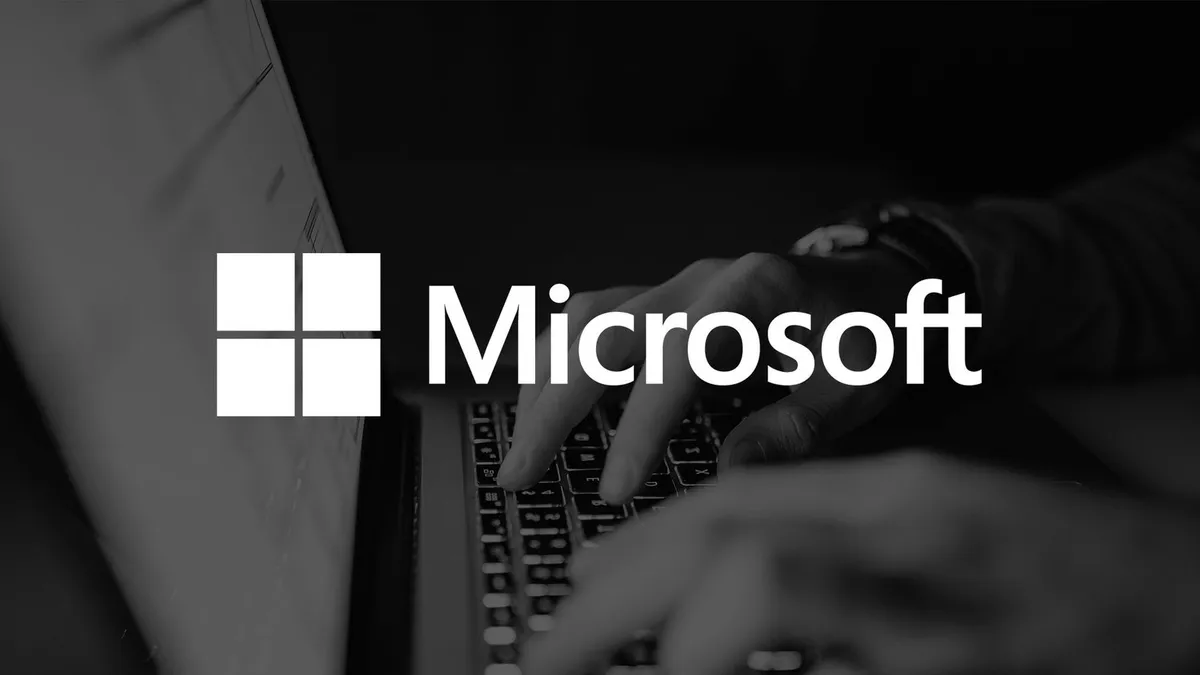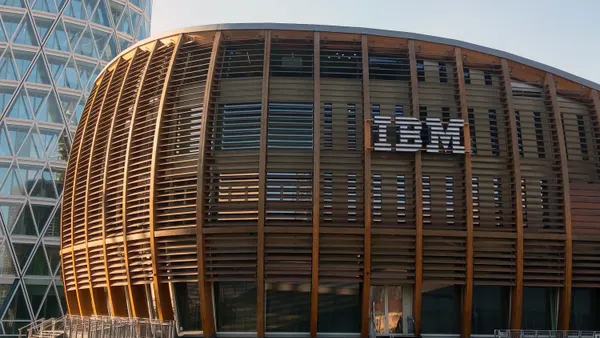In a bid to bring workplace tools and content under a single roof, Microsoft launched an employee experience platform called Microsoft Viva, the company announced Thursday.
Inside the platform, workers can access internal communications, training, wellbeing and internal capabilities. Viva builds off existing capabilities of other Microsoft assets such as Teams, Microsoft 365 and LinkedIn Learning, as well as a slate of third-party tools.
For CIOs, the update responds to the experience of cobbling together a basket of solutions to support employees, adapting to a reimagined workplace.
Having a single platform to unite work tools and processes was an overdue update, said David Edwards, chief information officer at Enterprise Community Partners. The organization uses Microsoft products, such as Microsoft Teams and Microsoft SharePoint.
"You can't get employee experience in a box ... You could have a great technology assembly for employee experience, and still have a toxic culture."

Mike Gotta
Research VP at Gartner
"One of the things that you're always trying to battle is to try to deliver a unified experience," said Edwards. "The ability to bring them together in a much more streamlined way is something that we didn't have before."
One work destination
Microsoft isn't alone in its attempt to provide a gateway for work. The announcement is similar to Slack and Salesforce's vision to unite the conversational and operational aspects of work. Other providers such as ServiceNow and SAP-owned Qualtrics offer standalone employee experience hubs.
Market pressure aside, Microsoft Viva addresses employees' needs for more order among the cadre of apps they're using every day.
"People are craving that one spot to go to, that one dashboard, that one single pane of glass," said Kara Korte, director of product management at TetraVX. "I really see this as Microsoft capitalizing on that, bringing together a number of their different products."
Collaboration tools, which helped organizations survive the remote work pivot, can serve as the centerpiece for a workplace one-stop shop.
"It's a brilliant move that aims to own the entire suite of digital technologies by anchoring them in the Teams app," said Carrie Marshall, CEO of Talk Social to Me. "If Viva works as intended, we'll see a workforce where employees open Teams first thing in the morning, not the intranet or email."
The platform may also carry an additional advantage for Microsoft. Products that aren't as popular as Microsoft Teams, for example, could benefit from higher exposure as a part of Viva.
"If Viva works as intended, we'll see a workforce where employees open Teams first thing in the morning, not the intranet or email."

Carrie Marshall
CEO of Talk Social to Me
"It doesn't really hurt that even some of their products that had lower adoption kind of get thrown in and nicely weaved together," said Korte.
What impact the platform's launch will have on the software market remains to be seen. But some envision a ripple effect on other providers.
"Viva is going to put significant pressure on providers of 'intranets in a box,' and mobile-first communication and apps," said Marshall. "Microsoft has turned the tables on the smaller vendors, potentially knocking out the competition for bespoke, customized tools who built their business on a previously disjointed system."
With Viva, Microsoft is trying to expand "the interconnectedness of applications so that we just don't focus on work-centric tools but we also focus on those cultural relationship, engagement-type experiences that are woven into how work gets done," said Mike Gotta, research VP at Gartner.
But beyond the technology capabilities themselves, there is still a critical role for managerial, leadership and culture-building strategies within a company, said Gotta.
"You can't get employee experience in a box," said Gotta. "You could have a great technology assembly for employee experience, and still have a toxic culture," Gotta added.












